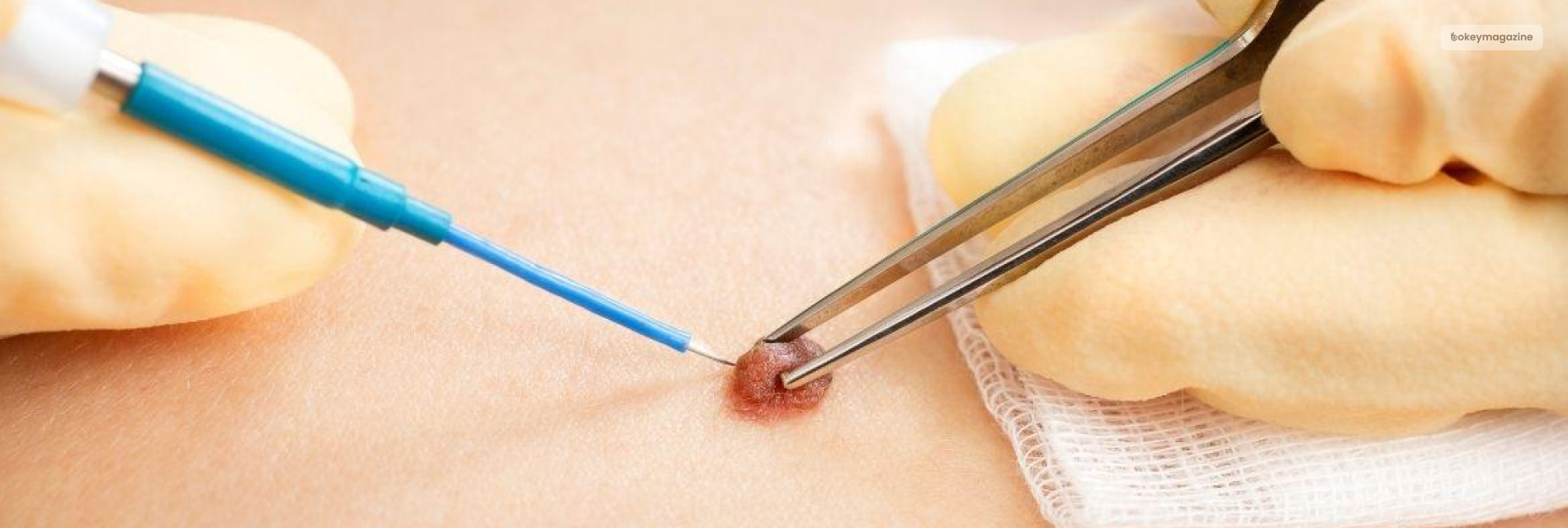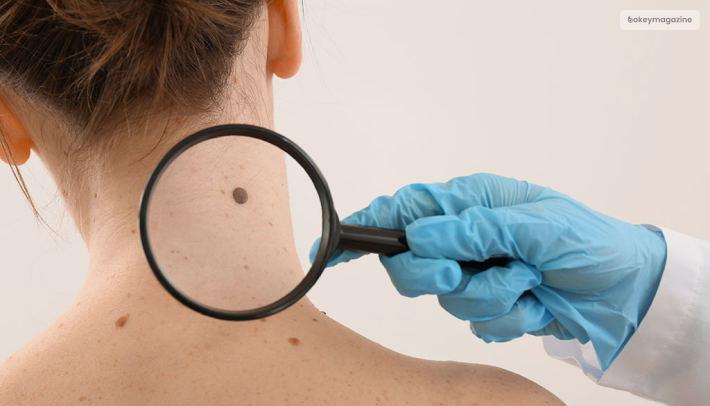
Is It Ok To Get Mole Removal Surgery?
I mean, why not? There is nothing necessarily wrong with having a mole removal surgery if you feel like it. There are many procedures that a dermatologist may use to remove a mole from your body, like excision and freezing. These methods may differ depending on the location, size, and if there is a suspicion that the mole is malignant.
Moles are very common skin growths. I am pretty sure that you have more than just one mole on your body and face. On average, people have ten to forty moles at least somewhere on their skin.
While most of the moles are harmless, and you need not worry about them, there are a few that you need to give a thought to. Some moles may be cancerous. So unless you have a cancerous mole on your body, there is no reason for you to go for a mole removal unless it is bothering you.
However, if you do not like how the mole appears on your skin, or if it irritates every time you put clothes on, you may easily go for a mole removal. While you may think that mole removal is an easy process, which it is, there are certain things that you need to know if you are going for a mole removal surgery.
In this article, we shall discuss all the intricacies of a mole removal surgery so that you have an acute understanding before you choose to get it done.
How To Know If A Mole Is Cancerous?

One of the best ways to know if the mole is cancerous is by getting the help of a professional dermatologist. You may also get an annual screening for skin cancer. If you or anyone from your family has a history of skin cancer, it is best if you see a dermatologist if there is a mole on your skin that appears abnormal.
Some of the malignancy signs that you need to look for in a mole before visiting a dermatologist are:
- They have irregular borders.
- These moles are asymmetrical.
- They have a diameter that is bigger in comparison to a pencil eraser.
- They do not have a uniform color.
- The moles are ever-evolving or changing their shape, size, or color.
These signs are popularly known as the ABCDEs of a mole. You may break it down as –
- Asymmetrical
- Borders
- Color
- Diameter
- Evolving
You must evaluate these types of moles by a dermatologist. They can then decide if the mole needs to be tested for skin cancer.
How Is Professional Mole Removal Done?
Well, to begin with, a dermatologist does a professional mole removal. Please do not do it by yourself. You will only invite more trouble. A dermatologist can usually do a mole removal during a general office visit.
There are very rare cases where you would have to visit their office twice for a follow-up to complete the mole removal process.
The main processes for mole removal include:
- Freezing: In this process, the dermatologist will use a very minimal amount of liquid nitrogen to freeze and remove a non-cancerous mole on your skin.
- Burning: This process involves the use of electric current to be able to burn off the upper layers of the non-cancerous mole. However, the professional may require more than just one sitting to complete the process.
- Shaving: In this process, the dermatologist will use a surgical blade to shave the mole from the shave of the mole from the surface of your skin.
- Excision: This is a deeper process in comparison to shaving. In this process, the dermatologist will excise the whole mole and stitch your skin back together. This type of mole removal is generally used when the mole is malignant.
It is all-important, your dermatologist may test the mole that they have removed for skin cancer.
Effective Home Remedies For Mole Removal?
There are multiple websites that may offer you a “do it yourself” guide for mole removal at home. While your DIY face mask may be a huge success, this is not. These are not proven methods. Some may even be as dangerous as they can be. Please see a doctor and talk to them about these methods before you try them at home.
Some of these unproven methods may include:
- Use apple cider vinegar to burn off the mole.
- Tapping a piece of garlic to break down the mole from its inside.
- Rubbing iodine so that it kills the cells inside the mole.
- Cutting the mole off with a razor blade or scissors.
While these methods are pretty dangerous and risky, to begin with, there are less riskier methods that you may try as well. A little header – these are unproven as well.
- Putting a mix of castor oil and baking soda
- Frankincense oil
- Banana peel
- Hydrogen peroxide
- Tea tree oil
- Flaxseed oil
- Aloe vera
Online stores and pharmacies also claim to sell mole removal creams. If you want to use these creams, you would have to scrape off the top part of the mole. Then, you would need to put the cream on the mole.
These products claim that just a day after you use them, it will form a scam. With the scab falling off, the mole, too, will go with it.
With that being said, you must never remove the mole at home. Mole removal must be done only by a medically acclaimed professional. You never know if the mole was malignant. So, messing with it may result in more severe consequences.
Frequently Asked Questions [FAQs]:
What Should I Avoid After Mole Removal?
Here are the five things that you must avoid after getting a mole removal surgery done:
- Strenuous activity.
- Shaving the area or anywhere near it.
- Prolonged water exposure.
- Using any such cleaners or peroxides.
- Any medication that may cause bleeding.
What Are The Risks Of Removing A Mole?
The risks that come with mole removal are:
- Scars
- Bleeding
- Nerve damage
- Infection
- Recurrence of the mole
When Should I Remove My Mole?
You must consider both the health and cosmetic reasons before a mole removal surgery. If the mole falls into either of these three categories, you can get it removed:
- The mole is unwanted and unsightly.
- It is an uncomfortable mole and causes everyday trouble.
- The mole poses a health risk.
Is It Normal To Bleed After Getting A Mole Removed?
Bleeding is pretty common after a mole removal surgery. It is even more common when the mole is in a place that is full of blood vessels.
The Bottom Line
If you have a mole that is not evolving or bothering you, the best thing you can do is – leave it alone. But, if you do not like how it affects your appearance, going for a mole removal surgery is fine. But, see a dermatologist for the same. Do not do it at home.
There is no reason for you to cause an unnecessary infection that may get serious.
If you are at all visiting a dermatologist, make sure you get every information on them to make sure it is not cancerous. That way, it is very important to remove it as soon as possible to stop the cancer from spreading.
Read Also:



















Post Your Comment